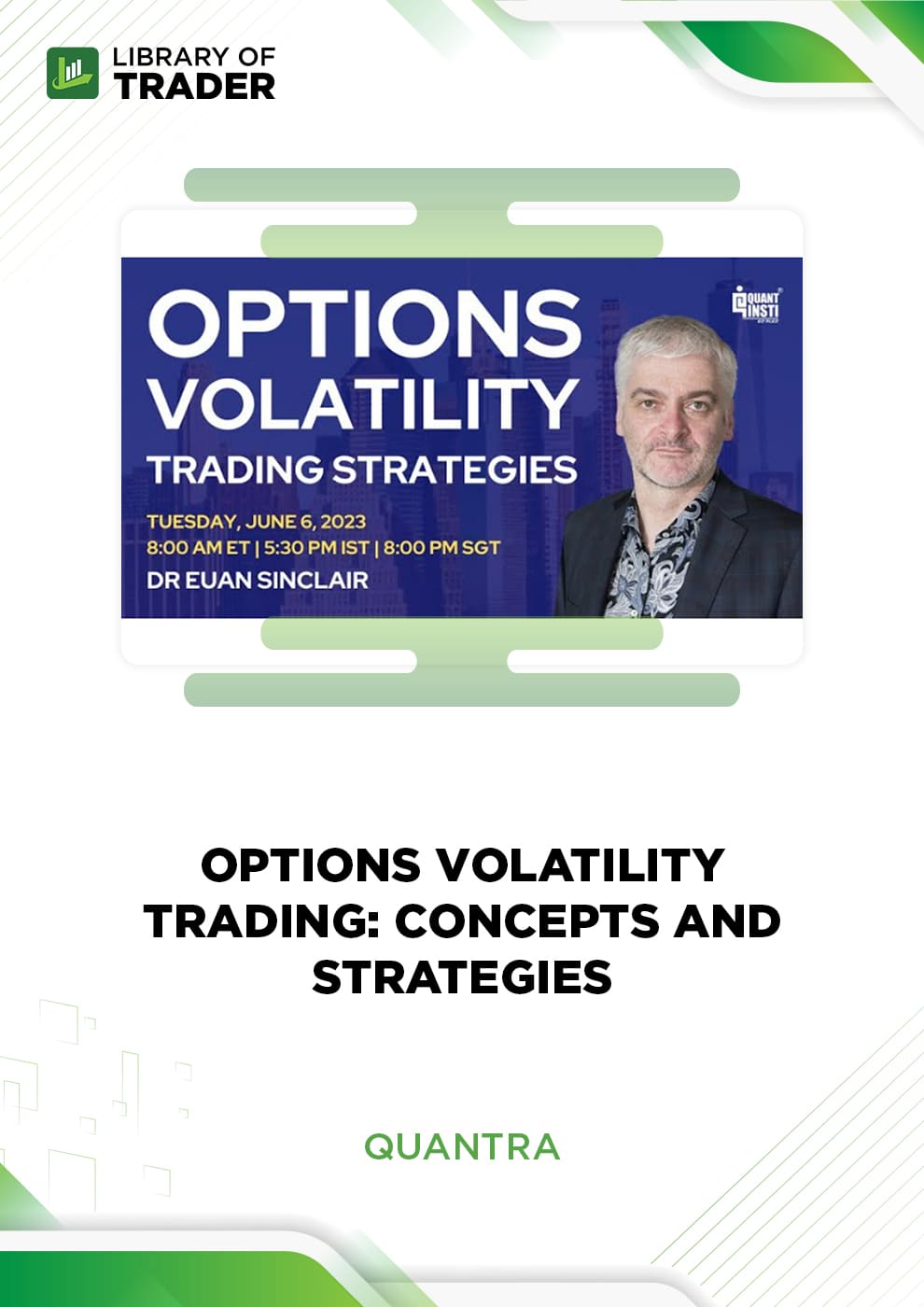Options, financial instruments that grant the buyer the right but not the obligation to buy or sell an underlying asset at a predefined price by a specific expiration date, have emerged as indispensable tools for investors seeking to navigate the volatile waters of the financial markets. Volatility, often perceived as a formidable force, plays a pivotal role in options trading. Understanding the nuances of volatility enables traders to make informed decisions, mitigate risks, and optimize returns. This comprehensive guide delves into the intricate world of options volatility, empowering traders with the knowledge and strategies to harness its power.

Image: options.cafe
Demystifying Options Volatility: Definition and Significance
Options volatility is a statistical measure that quantifies the magnitude of price fluctuations in an underlying asset over time. It is expressed as a percentage and serves as an indicator of the potential risks and rewards associated with options trading. High volatility suggests that the underlying asset’s price is prone to significant swings, while low volatility implies a relatively stable price environment. Understanding volatility is paramount for options traders as it influences several key aspects of options pricing and trading strategies.
Factors Influencing Options Volatility
The volatility of an underlying asset is influenced by a multitude of factors, encompassing both market-wide conditions and asset-specific characteristics. Macroeconomic factors such as economic growth, interest rates, and geopolitical events can have a significant impact on volatility levels across the entire market. Additionally, company-specific factors like earnings reports, new product launches, and changes in industry dynamics can cause volatility in the underlying asset’s price.
Implied Volatility: A Glimpse into Future Market Expectations
An intriguing concept in options trading is implied volatility (IV), which represents market participants’ expectations of future volatility. IV is embedded in the price of an option and can deviate substantially from historical volatility. When IV is high, options are more expensive as the market anticipates significant price fluctuations. Conversely, low IV suggests that the market expects a relatively stable price environment, resulting in lower option prices.

Image: libraryoftrader.net
Exploiting Volatility: Trading Strategies for Different Volatility Regimes
Traders can tailor their options trading strategies based on the volatility regime of the underlying asset. During periods of high volatility, strategies that capitalize on price fluctuations, such as short-term options trading or spread trading, can generate substantial profits. In contrast, when volatility is low, long-term options strategies focused on premiums and time value decay may be more suitable. Adapting strategies to varying volatility conditions enhances the chances of successful trading outcomes.
Managing Volatility Risk: Strategies to Mitigate Drawdowns
While volatility can offer lucrative trading opportunities, it also poses potential risks. Sudden and unexpected changes in volatility can lead to significant losses. Implementing effective risk management strategies is crucial to mitigate drawdowns. Employing hedging techniques, utilizing protective options, and diversifying portfolio holdings can bolster risk management and safeguard against excessive losses.
Options Volatility And Trading
Conclusion
Options volatility is an intricate but indispensable component of options trading. By thoroughly understanding its nature and leveraging volatility effectively, traders can navigate market fluctuations and unlock opportunities for potential gains. The strategies outlined in this guide will empower traders with the knowledge and confidence to make informed decisions and adapt their trading approaches to varying volatility environments, ultimately maximizing their chances of success.






